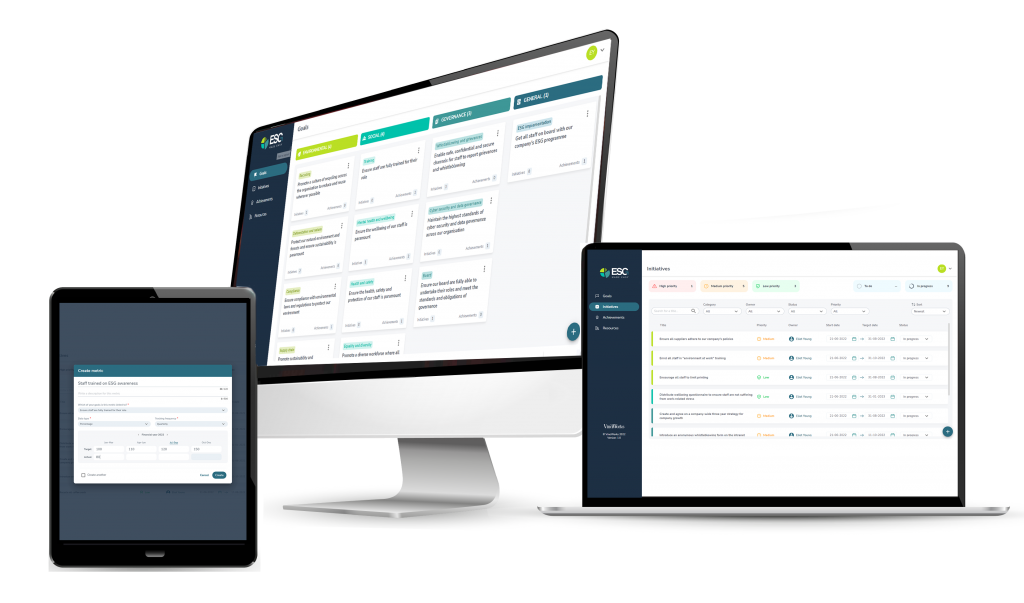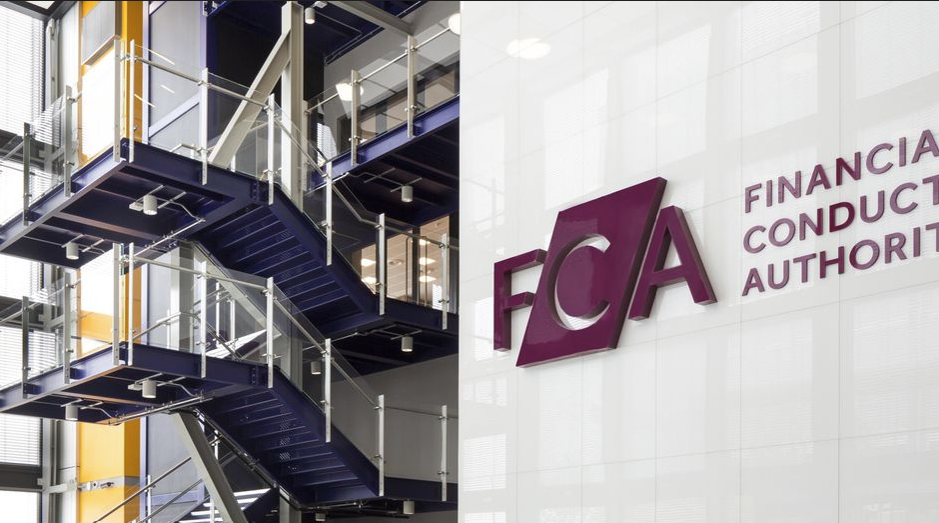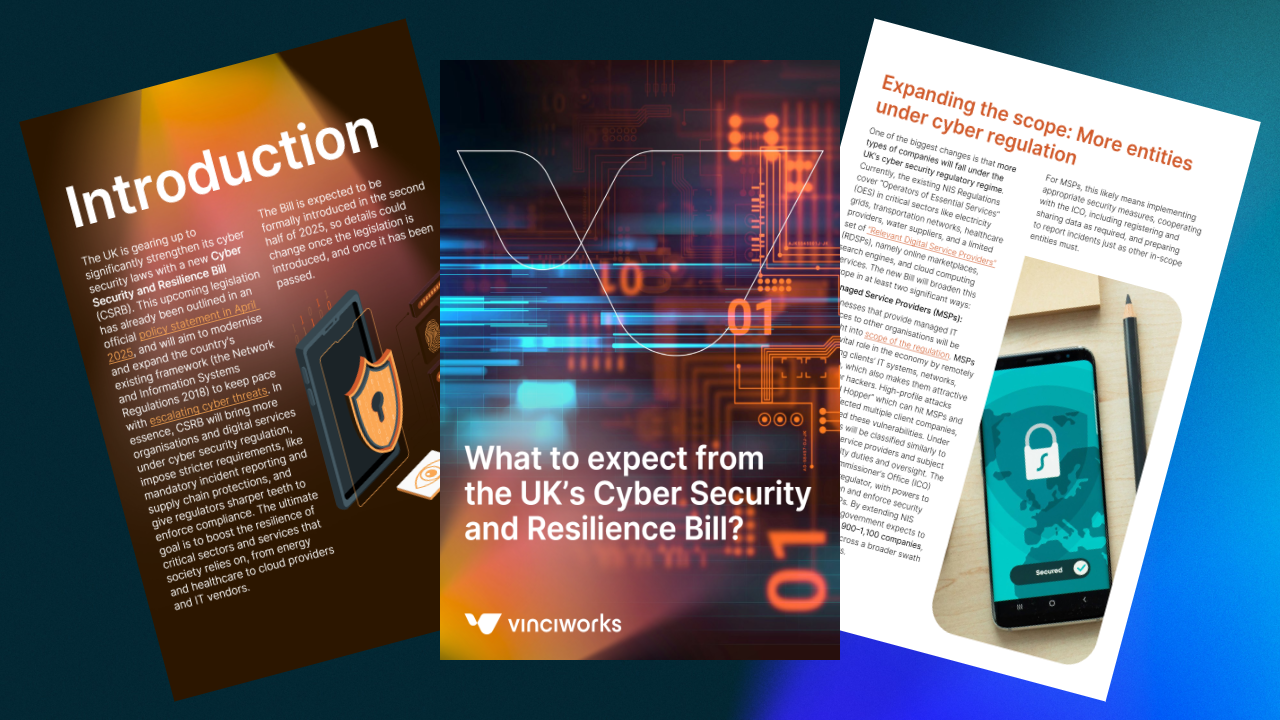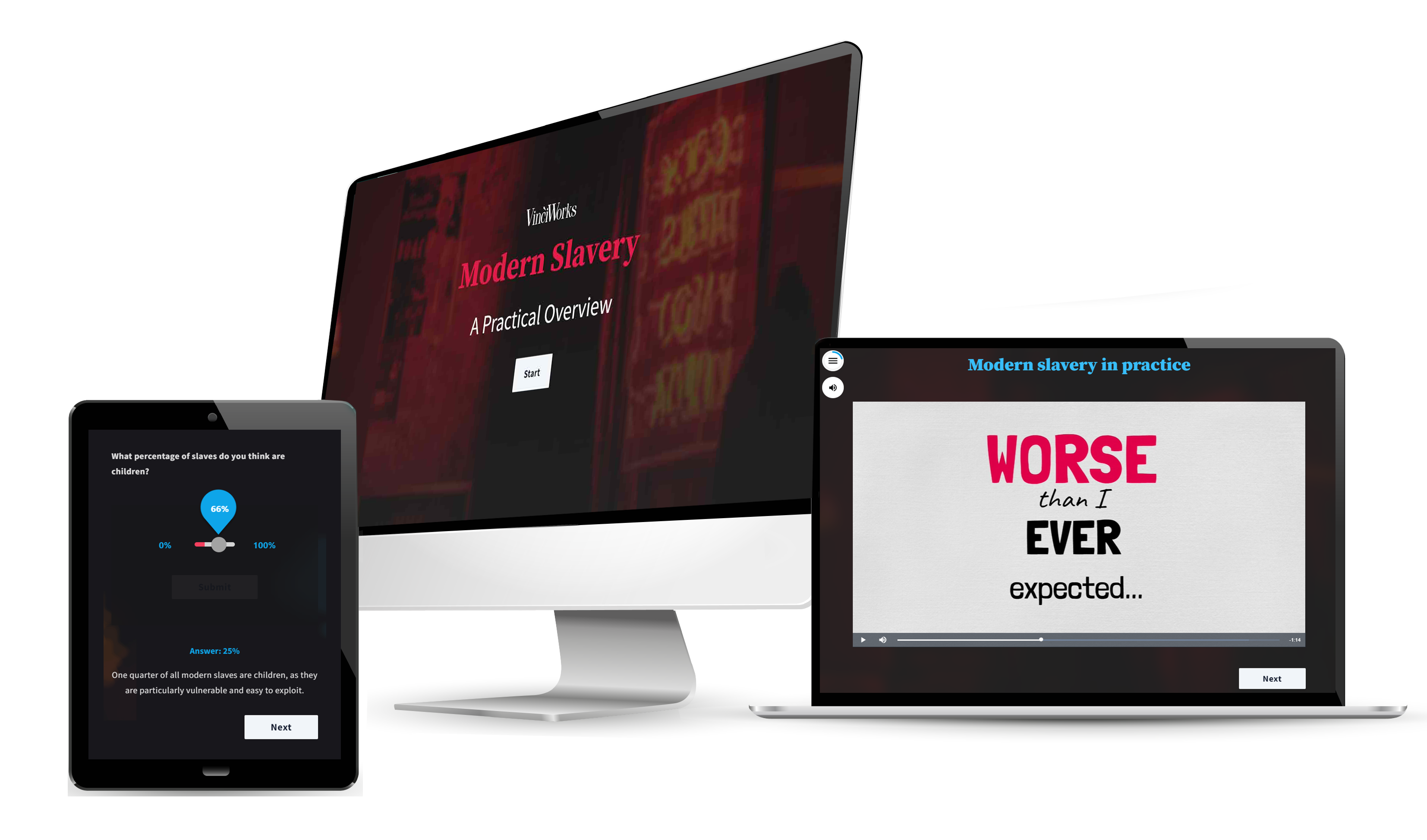How businesses can demonstrate avoided emissions
Reducing carbon emissions is something every business needs to take into account. Whether because of regulation, ESG, upcoming legislation, being a listed business or just good corporate citizenship, reducing emissions will help businesses become more sustainable, and tackle the climate crisis.
Measuring and understanding those emissions can be tricky, particularly if a business is new to this. Some companies, particularly office based professional services firms, might not consider they have a large amount of emissions to be reduced, beyond more sustainable electricity and reducing business travel.
That’s where Scope 4 emissions come in. Scope 4 emissions, also known as ‘avoided emissions,’ help organisations, particularly professional services like law firms, consultants and accountant, demonstrate the emissions they have helped their clients avoid.
How are scope 4 emissions defined?
Scope 4 or avoided emissions can be defined by emissions avoided from a particular situation, or by the use of a product or service.
For instance, a consultancy firm takes on a new client which is a mining company. The mining company has no sustainability practices, no carbon reduction plan, and gives no concern to environmental issues.
The consultancy advises the mining company that a robust environmental sustainability programme should be implemented, and helps develop and implement policies and procedures to achieve net zero for the mining company in five years, alongside aligning to sustainability frameworks.
The consultancy engages the services of a law firm to help develop policies and procedures, and a waste management company to recycle the waste.
The difference in emissions the mining company would have produced without any intervention, versus the emissions they are responsible for after the intervention, are the Scope 4 emissions.
The consultancy, the law firm and the waste management company can all report on those Scope 4 emissions, as their services have helped the mining company to avoid emissions.
What’s the purpose of Scope 4 emissions?
Scope 1, 2 and 3 emissions follow clear standards and are comparable between companies. This helps investors and regulators understand those emissions and see at a glance which business has higher or lower emissions.
Scope 4 however is much more undefined. There is no officially recognised or agreed upon standard for measuring and reporting avoided emissions.
However, there are a number of globally recognised credible frameworks available that provide guidance on how to address this, for example the Comparative Emissions Working Paper from the World Resources Institute, and the Avoided Emissions Framework from Mission Innovation.
The purpose of Scope 4 emissions from an investment point of view allows a comparison of various potential investments and the pre-investment stage. An investor can measure the quantity of avoided emissions per unit of investment over a particular timespan, and allocate capital to where it will be most impactful. This is known as the Carbon Yield.
Scope 4 emissions can also be used at a post-investment stage, to monitor and communicate quantitative carbon impact to investors on the emissions that have been avoided.
What are examples of Scope 4 emissions?
One obvious and easy to measure Scope 4 emissions is replacing a physical meeting with a virtual meeting. If a law firm would normally send three people to a client meeting, the main element of the emissions is travel to the meeting. Those emissions could be reduced by having the three people share one car or take public transport.
A sustainability policy might encourage three people going to one meeting to share a car or take public transport.
A more advanced sustainability policy might encourage the meeting to take place entirely virtually. This is what Scope 4 emissions are: the emissions from travel that were avoided by replacing a physical meeting with a virtual one. There are still open questions on how to report on that. Should it be the emissions of three journeys or one journey that were avoided, and how are the emissions of using virtual equipment calculated. Nevertheless, knowing the information of how many physical meetings were replaced with virtual ones for instance is one element of understanding and reporting on Scope 4 emissions.
On a larger scale, a new product can also generate Scope 4 emissions. Replacing a vehicle fleet with hybrid or electric cars will generate a significant difference in terms of emissions.
What are the benefits of measuring and reporting Scope 4 emissions?
Ultimately, it will help the business generate a greater understanding of both its carbon impact, and how it is helping to reduce the amount of emissions it generates. This can help consumers make a more environmentally friendly decision, and have the data to back it up. It also helps the business show its wider impact, particularly for service based businesses. Having a sustainability outlook and quantifying how a company encourages its clients to be more green will help demonstrate the wider impact on the world.
For product makers, calculating the amount of carbon saved from using that product is also Scope 4 emissions. For example, a hybrid car maker compares their product to a fossil fuel burning vehicle, and promotes their product based on the estimated emissions a consumer can save.
While there are methodological issues with these kinds of calculations and not one exact of widely accepted standard, if the information is transparent and publicly available, it can have an impact. For any business considering how to better communicate their sustainability practices and environmental credentials, measuring and reporting on Scope 4 emissions can help demonstrate the emissions the business is helping others avoid.
VinciWorks’ end-to-end ESG solution

We are on a mission to make ESG accessible and actionable. With deep expertise in implementing board-level enterprise risk management and compliance, our ESG solution brings together consultancy and software to help organisations implement a practical and effective ESG programme.
Our tool will help your business:
- Identify your ESG risks and opportunities
- Set ESG goals
- Build an ESG roadmap
- Share progress with stakeholders
Want to learn more? Complete the short form below to get in touch.













